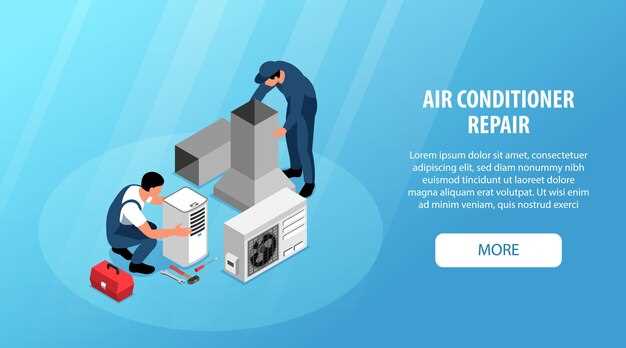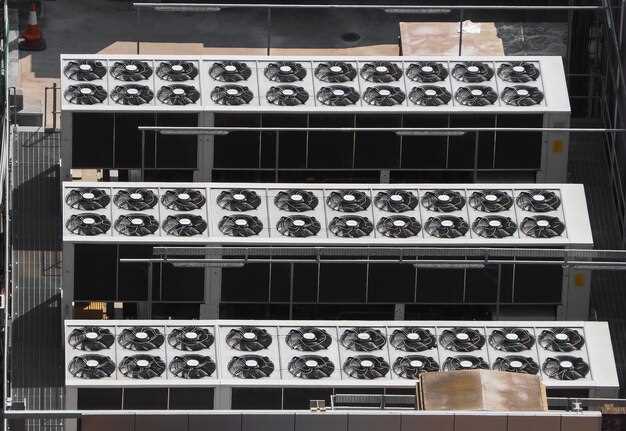
Maintaining the efficiency and longevity of your vehicle’s cooling system is essential for optimal performance. Among the critical components are the cooling fans and serpentine belts, which work together to regulate engine temperature. Failing to service these parts regularly can lead to overheating and, ultimately, costly repairs.
In this guide, we will walk you through the process of servicing your cooling fans and belts step by step. Understanding the operation of the fan blades and the serpentine belt is crucial for diagnosing potential issues and ensuring effective airflow and coolant circulation within your engine. With the right tools and knowledge, you can keep your vehicle running smoothly and extend its lifespan.
By carefully examining the cooling fans and serpentine belts, you’ll be able to identify any signs of wear or damage. This proactive approach will save you both time and money, as early intervention can prevent more significant problems down the line. Let’s dive into the specifics of servicing these essential components and ensure your vehicle remains in peak condition.
Inspecting the Condition of the Serpentine Belt
Proper maintenance of your vehicle’s serpentine belt is crucial for the optimal performance of the cooling fan system and other accessories. Regular inspection can prevent potential failures and costly repairs.
Start your inspection by visually examining the serpentine belt for any signs of wear, such as cracks, fraying, or glazing. A healthy belt should have a smooth surface and uniform texture. Any sign of deterioration indicates it’s time for a replacement.
Check the belt tension. A serpentine belt should maintain appropriate tension to function correctly with the cooling fan and other components. If the belt feels loose or exhibits excessive slack, it may not be able to drive the fan effectively, leading to overheating.
Listen for unusual noises while the engine is running. A squeaking or chirping sound often indicates that the serpentine belt is slipping or damaged. This could prevent the fan from operating efficiently, affecting the overall cooling system.
Inspect the belt alignment as well. Misalignment can cause uneven wear, leading to premature failure. Ensure that the belt aligns properly with the pulleys and does not rub against any other components.
Lastly, consult your vehicle’s manual for recommended inspection intervals and replacement guidelines. Keeping a close eye on the serpentine belt’s condition will enhance the performance of the cooling fan and contribute to the longevity of your engine.
Cleaning and Maintaining Fan Blades for Optimal Performance

Regular cleaning and maintenance of fan blades are crucial for ensuring optimal performance and longevity of your cooling system. Dust, debris, and grease can accumulate on the blades, impairing airflow and efficiency. To effectively clean the fan blades, follow these steps.
Step 1: Safety First
Before starting the cleaning process, make sure to turn off the power supply to the cooling system. Disconnect the serpentine belt if necessary, as this will prevent the fan from accidentally starting during maintenance.
Step 2: Gather Your Tools
You will need a soft cloth, mild detergent, a vacuum cleaner with a brush attachment, and a screwdriver for any assembly disassembly. Having these tools ready will streamline the cleaning process.
Step 3: Access the Fan Blades
Depending on your cooling system design, you may need to remove a cover or housing to access the fan blades. Use the screwdriver to carefully detach any screws or fasteners. Keep these parts organized to ensure a smooth reinstallation.
Step 4: Dust Removal
Use the vacuum cleaner with a brush attachment to remove loose dust and debris from the fan blades. Move slowly to avoid damaging the blades. This step will help you see the areas that require more detailed cleaning.
Step 5: Clean the Blades
Prepare a solution of mild detergent and warm water. Dampen a soft cloth with this solution and gently wipe down the fan blades, being careful not to apply excessive pressure. Focus on areas with stubborn grime or buildup.
Step 6: Dry the Blades
Once cleaned, use a dry cloth to wipe the blades thoroughly. Ensure there is no moisture left on the blades, as this could lead to rust and other issues over time.
Step 7: Reassemble and Test
Once everything is clean and dry, reattach any covers or housings and secure them with screws. If you disconnected the serpentine belt, reconnect it securely. Restore power to the system and test the fan to ensure it is operating smoothly.
Conclusion
By regularly cleaning and maintaining fan blades, you can enhance the efficiency of your cooling system and prolong its life. Keeping the blades free of debris ensures optimal airflow, ultimately contributing to better performance of the entire cooling system.
Replacing the Serpentine Belt: Tools and Techniques

Replacing the serpentine belt is a crucial maintenance task that ensures the proper functioning of various components in your vehicle, including the fan and cooling system. To perform this task effectively, you’ll need specific tools and techniques.
First, gather the necessary tools: a socket set, a ratchet wrench, a belt tensioner tool or a breaker bar, and a vehicle repair manual for reference. The manual will provide vital information about the ribbed side orientation of the belt and the routing path around the pulleys.
Begin by disconnecting the battery to prevent any electrical mishaps. Next, locate the serpentine belt. Sometimes, it’s necessary to remove other components or covers for better access. Use the belt tensioner tool to relieve tension on the belt. This will allow you to slip the belt off the pulleys easily.
Examine the old belt for wear, cracks, or damage, particularly on the contact surfaces that interact with the fan and other driven accessories. It’s crucial to ensure everything is in working order before installing the new belt. Fit the new serpentine belt over the pulleys, following the correct routing as indicated in your vehicle manual.
After positioning the belt correctly, use the tensioner tool again to apply tension. Check that the belt is sitting properly on each pulley without any misalignment. Finally, reconnect the battery and start the engine to observe the belt in action, ensuring the fan and other connected components function correctly without any noise or slippage.




